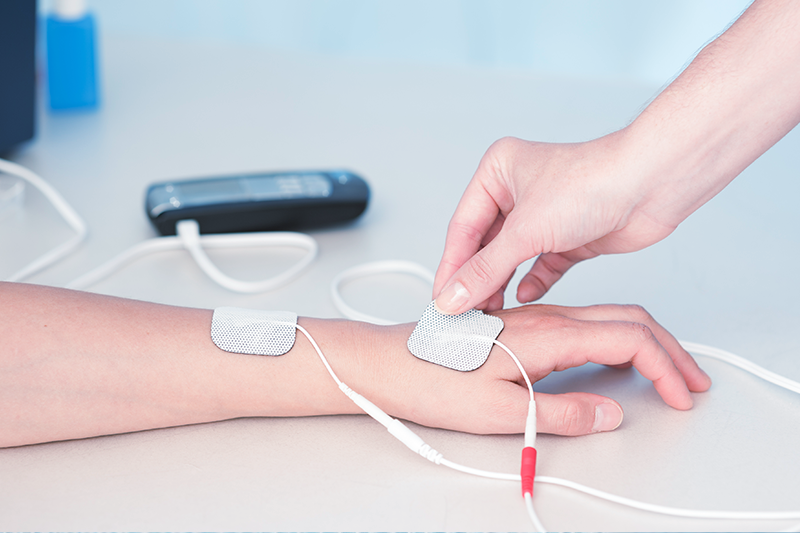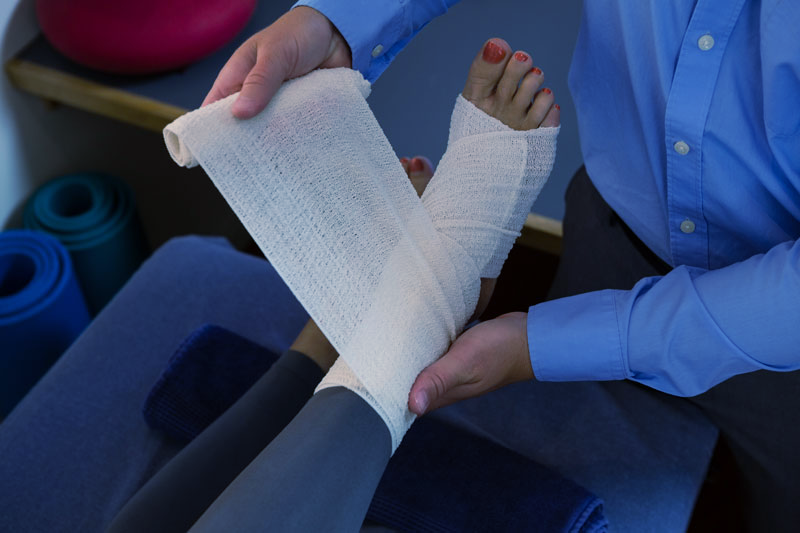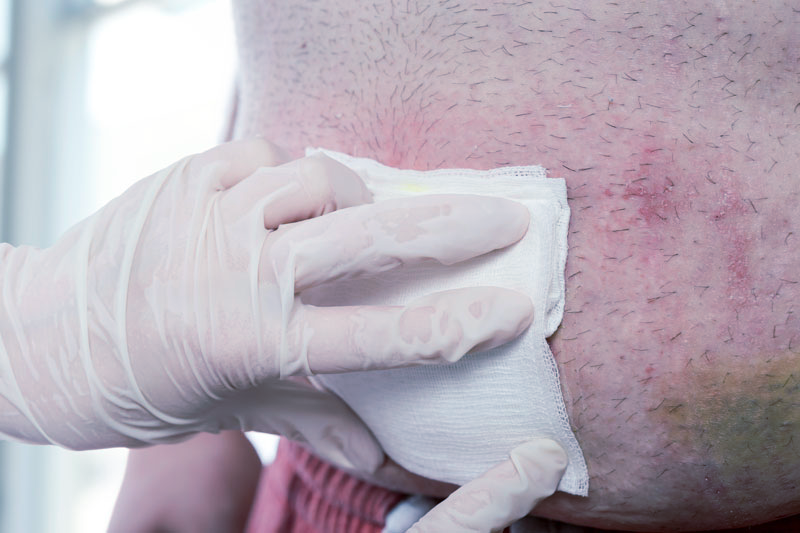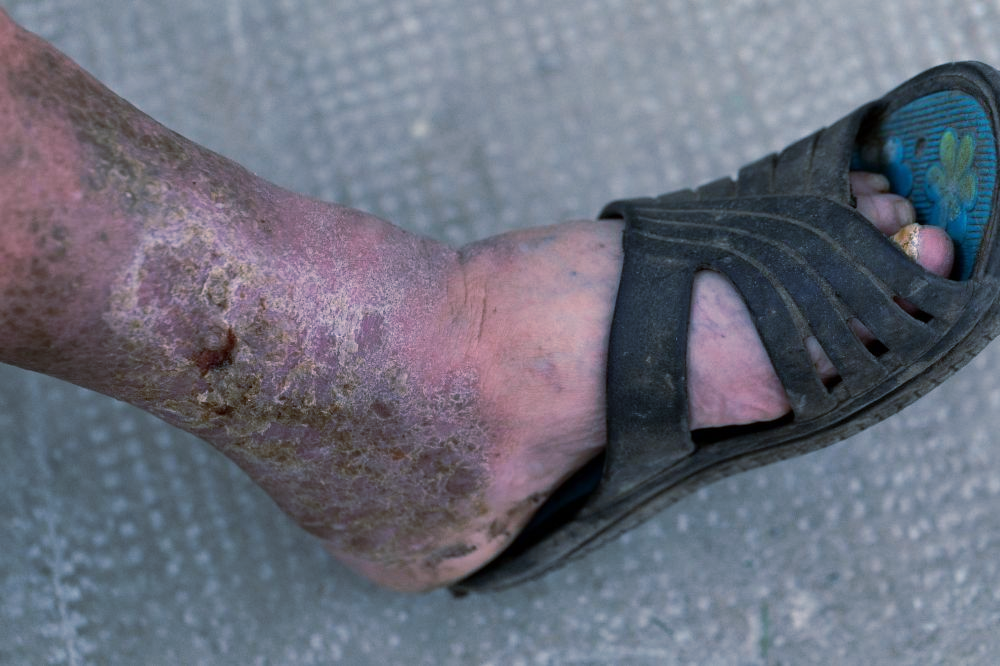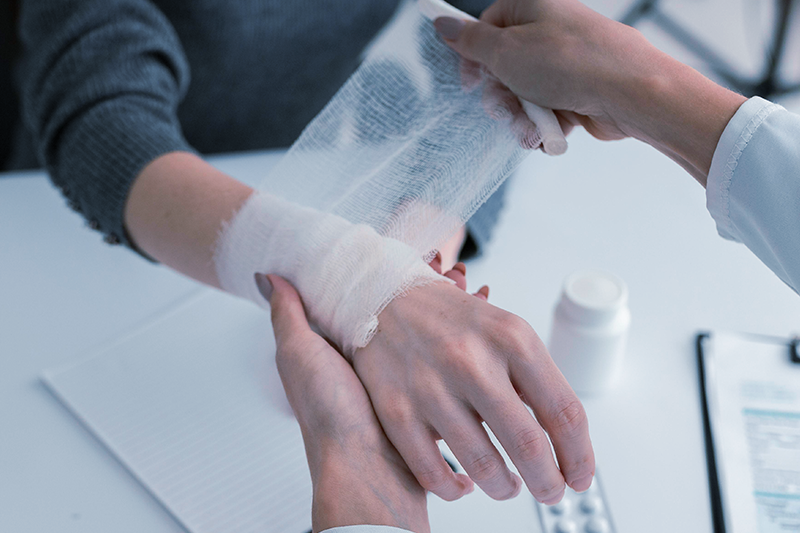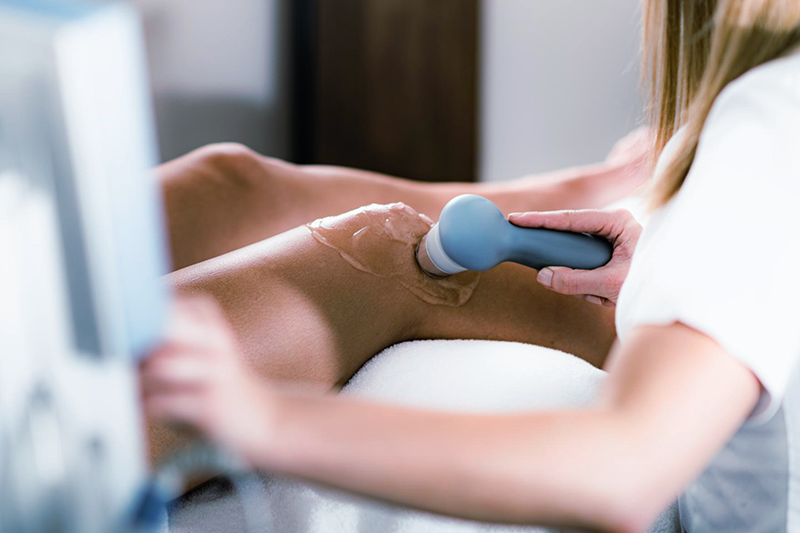Conditions We Treat
Venous & Arterial Ulcers
Venous ulcers and arterial ulcers are both vascular ulcerations. Vascular ulcers are chronic wounds that can take weeks or months to heal. Because they are so slow to heal, they are more susceptible to infections or complications that can cause permanent problems. However, if you properly care for venous ulcers and arterial ulcers at home, you can significantly reduce your risk of complications. At Chronic Wound Solutions of Texas, we have a team of medical professionals who specialize in caring for arterial ulcers, leg ulcers, and venous ulcers in the San Antonio, TX, area.
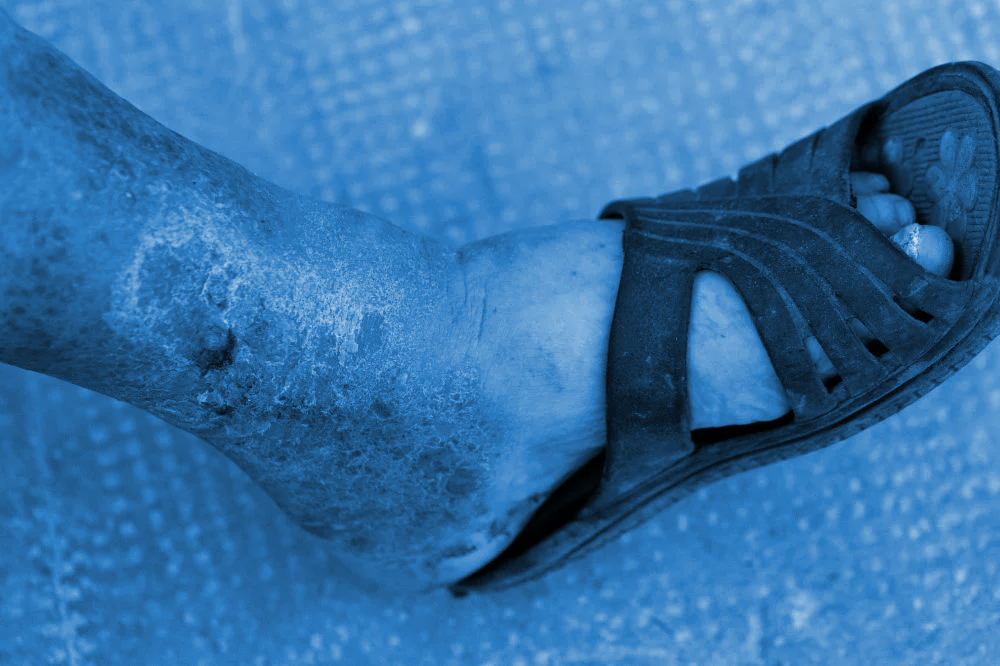
What Are Venous Ulcers & What Causes Them?
How Do You Know if You Have a Venous or Arterial Ulcer?
Vascular ulcers can be healed, but they take a long time to heal and require careful at-home care and regular check-ins with your physician or a wound care specialist. Here are some tips for wound care for arterial ulcers and venous ulcers at home:
- Caring for Venous Insufficiency Ulcers – Clean the wound regularly and apply an antibacterial ointment twice a day. Wear compression stockings or a compression wrap to improve circulation and blood flow. You may also need to take oral antibiotics to reduce the risk of infection.
- Caring for Arterial Insufficiency Ulcers – Stop smoking and get regular exercise to improve circulation and relieve pain and inflammation. Maintain a healthy diet. Avoid compression therapy, as it could further restrict your circulation. You should clean the wound regularly with gentle pressure and keep it covered with a moist, non-adherent dressing. You should also apply an antibacterial cream or gel once or twice per day.
Complications of Venous & Arterial Ulcers
Without proper wound care and wound management, venous and arterial ulcers have a high risk of complications. If you are concerned you are experiencing complications or have developed an infection due to a vascular ulcer, you should contact our team at Mobile Wounds for expert wound care services. The most common complications of venous and arterial ulcers are:
- Infection
- Sepsis
- Gangrene
- Pain and mobility issues
Learn More About At-Home Wound Care
Common Conditions We Treat
Featured Treatments We Provide
